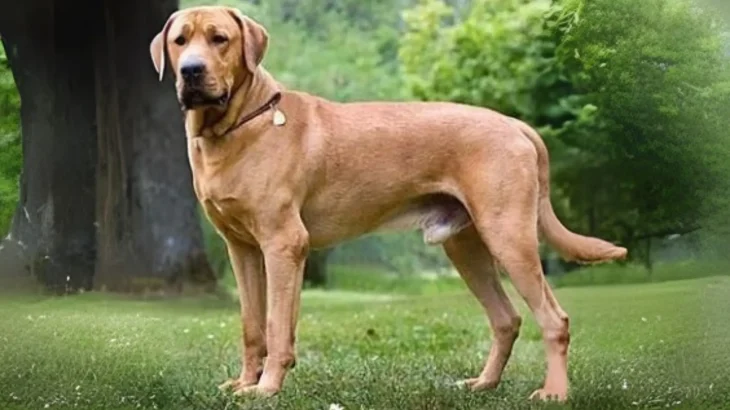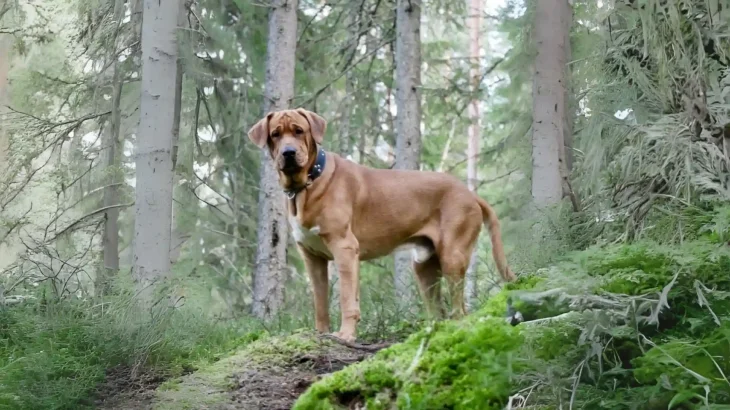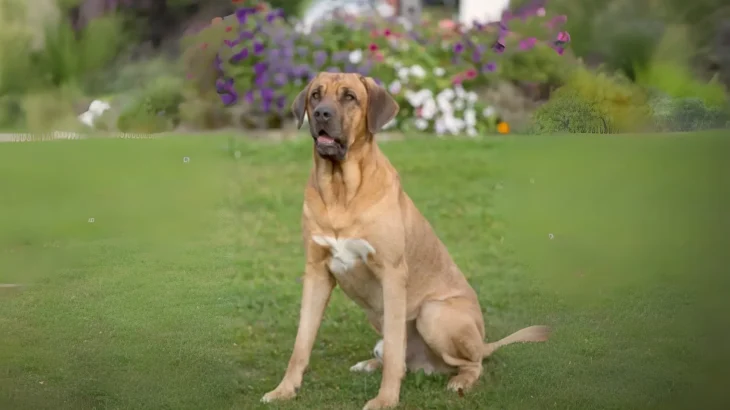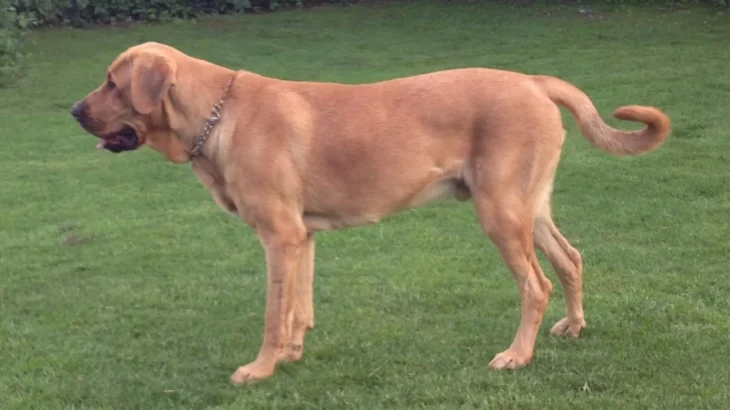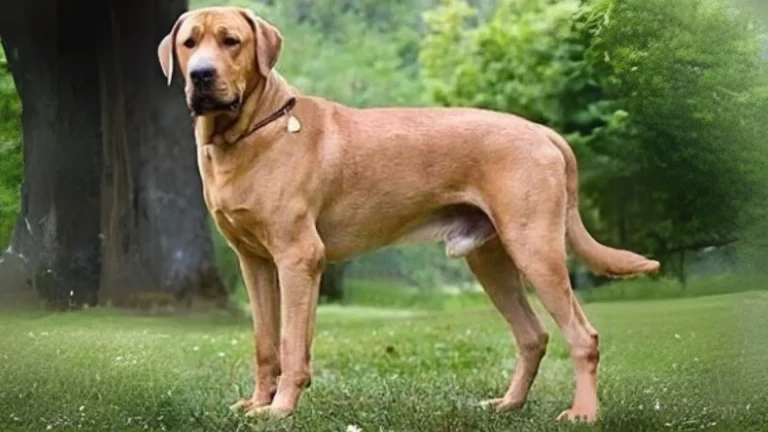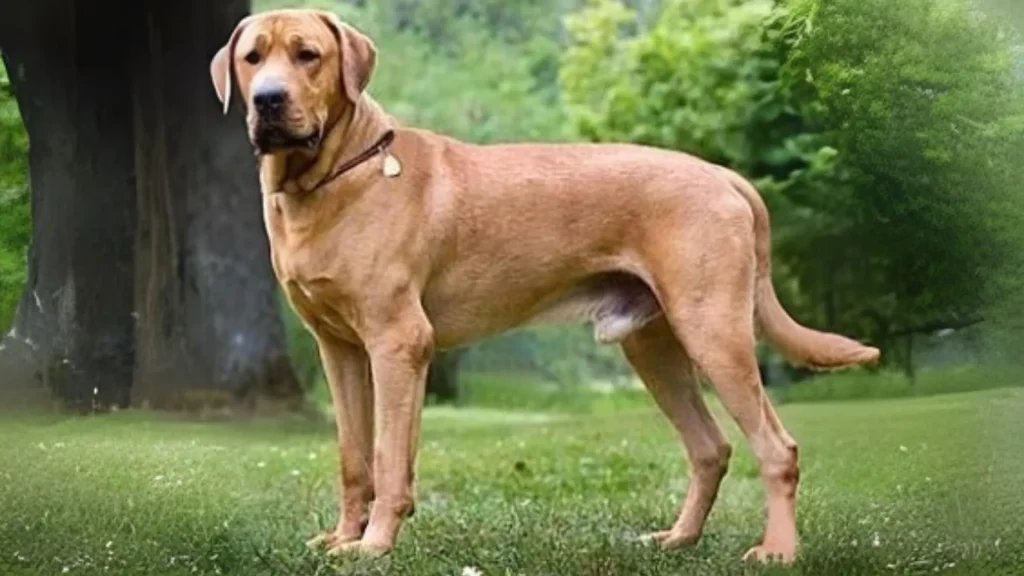When deciding between adopting or purchasing a Broholmer puppy, it's important to weigh the benefits of both options carefully. Adoption offers a chance to provide a loving home to a dog in need, while purchasing from a reputable breeder can provide insight into the puppy's health and lineage. Each path suits different priorities, so understanding the differences can help you make the best choice for your new furry friend.
Here are some points to consider:
| Criteria | Buying from Breeder | Adopting from Shelter/Rescue |
|---|---|---|
| Cost | Typically higher, reflecting breed purity and health screenings. | Generally lower adoption fees, often including vaccinations and spaying/neutering. |
| Health History | Detailed health records and genetic screening usually available. | Health history may be incomplete or unknown; basic health checks are done. |
| Age Availability | Primarily puppies, allowing raising from young age. | Varies widely; from puppies to adults needing homes. |
| Temperament Insight | Breeders provide info on lineage and expected traits. | Shelter staff can provide observations; past behavior may be uncertain. |
| Supporting Practices | Supports ethical breeding programs if reputable breeders chosen. | Directly supports animal welfare by rescuing dogs in need. |
| Breed Purity & Pedigree | Usually documented and guaranteed. | Often unknown or mixed; occasionally purebreds found. |

